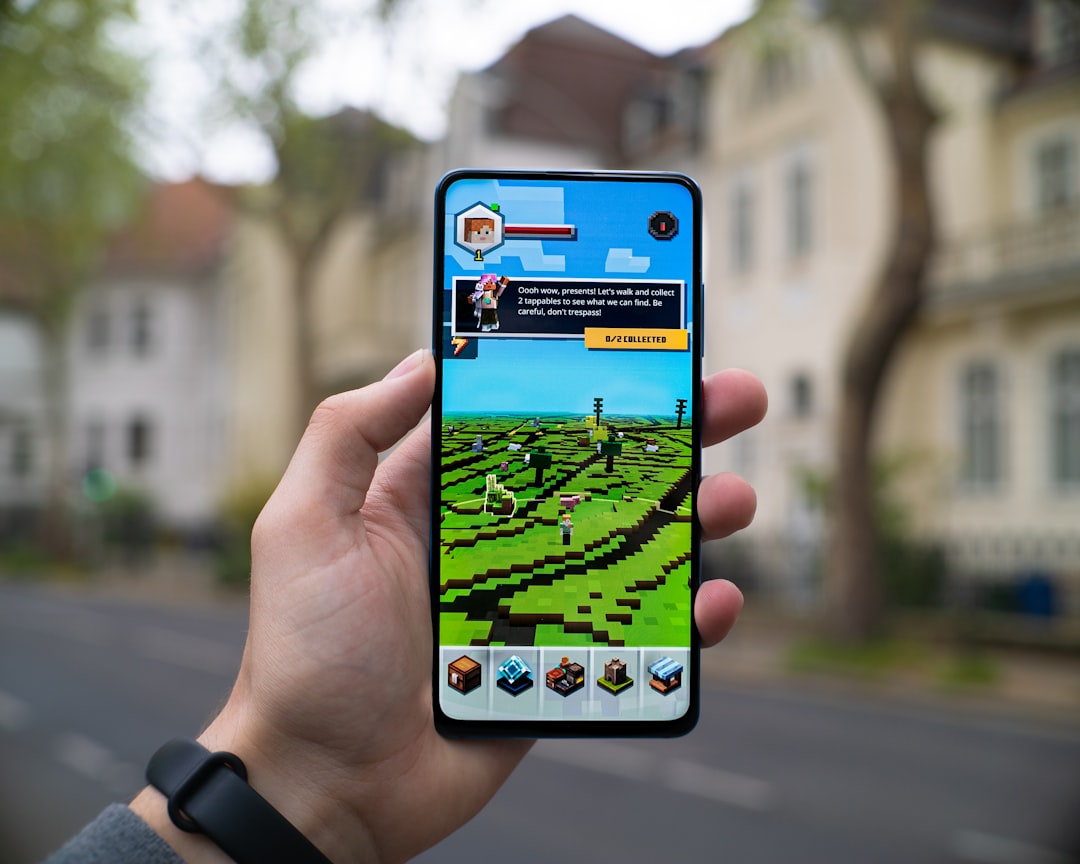What is it about?
This paper examines how a multilingual teacher and students practice translanguaging strategies during science lessons. These practices are viewed from Bakhtin's heteroglossic lens. It is argued that these translanguaging or heteroglossic practices validated students experiences, disrupted the dominant initiation, response, feedback discourse pattern and provided students with cognitive tools to produce new knowledge. Thus, translanguaging is seen to hold promise as a means of mitigating linguistic challenges in multilingual classrooms.
Featured Image
Why is it important?
This article illuminates practices in an area where there is stable multilingualism. Although multilingualism is the norm in these settings, monolingual policies constrain and restrict use of home languages at school. The outcome is often silence and safe talk as reported in research. This study shows the potentiality of translanguaging practices to increase participation in the classroom and also allow students to access literacy as they learn an additional language.
Perspectives
This article shows the importance of multiple communicative repertoires that children bring to school. Linguistic repertoires particularly are crucial for students to access literacy. Use home languages is seen to enhance comprehension, to envoice student's experiences and localities and enables identity performance.
Dr. Lydiah K. Kiramba
University of Nebraska-Lincoln
Read the Original
This page is a summary of: Heteroglossic practices in a multilingual science classroom, International Journal of Bilingual Education and Bilingualism, December 2016, Taylor & Francis,
DOI: 10.1080/13670050.2016.1267695.
You can read the full text:
Contributors
The following have contributed to this page










